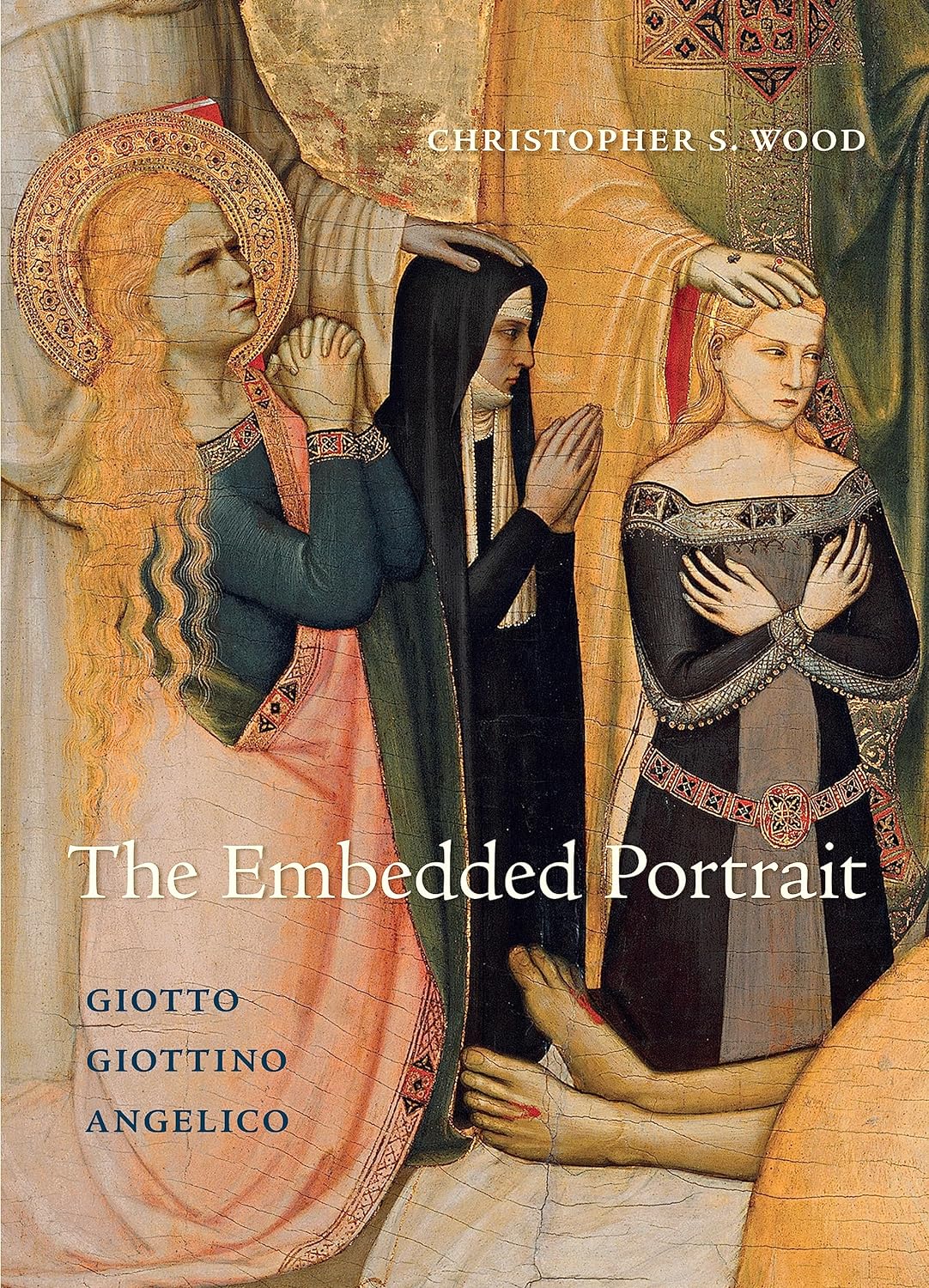

Most ebook files are in PDF format, so you can easily read them using various software such as Foxit Reader or directly on the Google Chrome browser.
Some ebook files are released by publishers in other formats such as .awz, .mobi, .epub, .fb2, etc. You may need to install specific software to read these formats on mobile/PC, such as Calibre.
Please read the tutorial at this link: https://ebookbell.com/faq
We offer FREE conversion to the popular formats you request; however, this may take some time. Therefore, right after payment, please email us, and we will try to provide the service as quickly as possible.
For some exceptional file formats or broken links (if any), please refrain from opening any disputes. Instead, email us first, and we will try to assist within a maximum of 6 hours.
EbookBell Team

5.0
80 reviewsIn fourteenth-century Italy, ever more women and men—not only clergy but also laity—introduced their own portraits into sacred paintings. Images of modern supplicants, submissive and prayerful, shared space with the holy narratives. The portraits mimicked the first worshippers of Christ: Mary, the Three Magi, Mary Magdalene. At the same time, they modeled, for modern viewers, ideal involvement in the emotion-laden stories. InThe Embedded Portrait, Christopher S. Wood traces these incursions of the real and profane into Florentine sacred painting between Giotto and Fra Angelico.
The portraits not only intruded upon a sacred space, but also intervened in an artwork. The pressure exerted by the modern interlopers—their lives and experiences, implied by their portraits—threatened the formal closure that had served as a powerful symbolic form of the pact between God and humans.The Embedded Portrait reconstructs this art historical drama from the point of view of the artists rather than the patrons. Following clues left by Vasari, the book assigns a leading role to the painter Giottino, or "little Giotto." Little-known today but highly regarded in his lifetime, Giottino proposed a new manner of painting that was later realized by Fra Angelico through his own innovative approach to the problem of the embedded portrait.
Seeking not to stabilize the artworks but to extend their reach, the interpretations offered inThe Embedded Portraitre-create and update the psychic and libidinal energies that gave rise to these works in the first place.